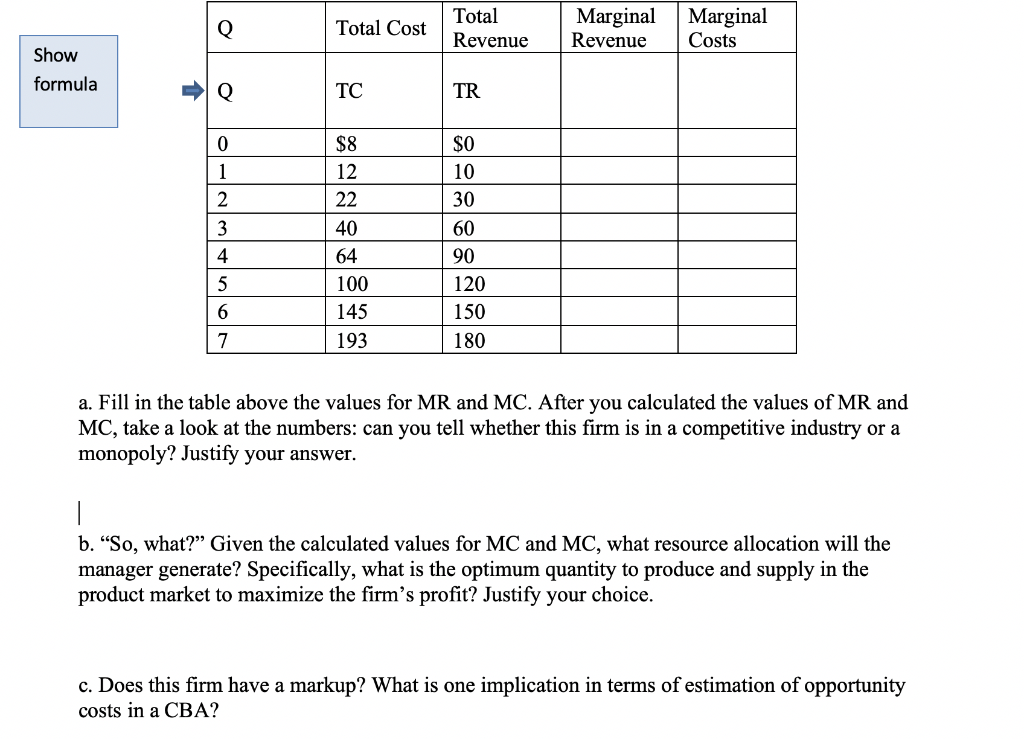Content
- What Is and Is Not an Improvement?
- What are Leasehold Improvements?
- How to Calculate Facilities Expenses for an Income Statement
- Examples of Leasehold Improvements in a sentence
- Rent Discounts
- IRS Announces 2017 Automobile Depreciation Deduction Limits and Inclusion Amounts
- Leasehold improvement definition

Taxpayers may have assumed that their Leasehold Improvements would not qualify for the shorter life because the expenditures weren’t related to restaurant or retail property improvements. However, any QLHI is eligible for the shorter recovery period, and taxpayers don’t have to improve restaurant or retail space to qualify. For example, let’s say a landlord offers to build out a space for $50,000, but the tenant wants to upgrade to a better quality carpet than the landlord typically installs. The total improvements will cost $80,000, with the landlord paying $50,000 and the tenant paying $30,000. If the lessor undertakes the leasehold improvements, then it is known as capital improvements.
- New spaces that have never been built out frequently need extensive tenant improvements.
- Under the agreement, the lessor would own all of the real property and most of the real property improvements constructed.
- An ARO is a liability for the removal of property, equipment, or leasehold improvements at the end of the lease term or retirement of the long-lived asset.
- But because improvements are considered part of the building, they are prone to depreciation.
- These can include painting, repairs, updates, and replacements of fixtures and appliances.
- It is critical to note that the accounting owner of leasehold improvements may determine the lease commencement date.
The depreciation of leasehold improvements is typically calculated using the straight-line method over the useful life of the improvements. Another misconception about the 15-year recovery period is that it is the same as that used for land improvements and therefore the same 150 percent declining balance to straight-line (150DB/STL) depreciation method applies. The terms for the two types of property are so similar that it‘s easy to confuse one with the other.
What Is and Is Not an Improvement?
Investing in alternative assets involves higher risks than traditional investments and is suitable only for sophisticated investors. Alternative investments are often sold by prospectus that discloses all risks, fees, and expenses. They are not tax efficient and https://online-accounting.net/ an investor should consult with his/her tax advisor prior to investing. The value of the investment may fall as well as rise and investors may get back less than they invested. Incentives are given before lease commencement or during the term of the lease.
How do I know if I have leasehold improvements?
A leasehold improvement is anything that benefits one specific tenant, usually in a commercial property. This includes painting, adding new walls, putting up display shelves, changing flooring and lighting, and the addition of offices, walls, and partitions.
For GAAP accounting, amortization of leasehold improvements is the same under both ASC 840 and ASC 842. For tax years beginning after Dec. 31, 2015, the PATH Act permanently extended the 15-year recovery on QLHI.
What are Leasehold Improvements?
63, § 30.10, the non-income measure of the excise is levied on the value of the corporation’s tangible property as determined to be taxable under G.L. Leasehold improvements and lease incentives are just some of the critical details that need to be tracked for effective lease accounting and management. A technology solution like Visual Lease makes it easy for you to track these and other crucial aspects of your lease portfolio. Capitalization issues continue to confound many in the real estate industry, despite the IRS’s issuance late last year of temporary regulations on capitalization vs. expensing of costs related to tangible property. Sec. 263A provides that taxpayers that produce real or tangible personal property must capitalize the property’s properly allocable share of indirect costs. A taxpayer isn’t considered to produce property unless it’s an owner of the property.
- Anderson is CPA, doctor of accounting, and an accounting and finance professor who has been working in the accounting and finance industries for more than 20 years.
- If you are not certain how to calculate depreciation on leasehold improvements, hire a tax professional to assist you with the proper calculation.
- Any removeable assets are not considered to be leasehold improvements, since the tenant can take them when a lease term is over.
- Landlords budget and pay for improvements by offering a tenant improvement allowance or through rent discounts.
- For assets that meet the criteria, an immediate expense deduction, or bonus depreciation, is available for companies on purchases of this property instead of capitalizing and depreciating the asset over time.
- If the allowance is given before lease commencement, NetLease gives the ability to input the amount in a Lease Incentive field.
Leasehold improvements are usually made to the interior of a property, such as the installation of new fixtures or the addition of equipment and furniture. But once the lease expires, all of the property – including the improvements made to date – would then belong to the landlord. For turnkey projects, the renter submits an improvement plan with cost estimates. Kaye Morris has over four years of technical writing experience as a curriculum design specialist and is a published fiction author. She has over 20 years of real estate development experience and received her Bachelor of Science in accounting from McNeese State University along with minors in programming and English.
